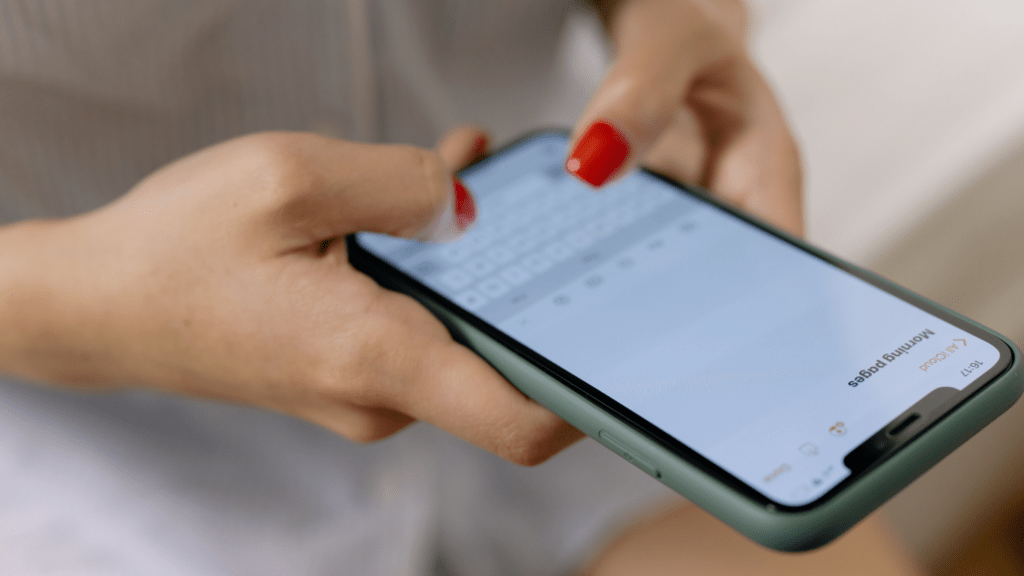The Importance of Tracking Fitness Goals
Tracking fitness goals offers several benefits. It helps individuals monitor progress, providing a clear indication of how far they’ve come and what they need to improve. According to a study published by the American Journal of Preventive Medicine, self-monitoring significantly increases the likelihood of achieving fitness goals. This enables individuals to adjust their routines and set more realistic and achievable milestones.
- Achieving Consistency
Consistency is key to any fitness regimen. Tracking tools help maintain regularity by logging workouts, monitoring performance, and sending reminders. For example, apps like MyFitnessPal and Fitbit allow users to set daily and weekly goals, ensuring they remain on track with their fitness plans.
- Providing Motivation
Motivation often wanes after the initial excitement of starting a fitness journey. The act of tracking can reinvigorate one’s commitment by showing tangible progress. Seeing metrics like weight loss, muscle gain, or improved cardiovascular endurance keeps the motivation levels high. Tracking platforms like Strava and Garmin Connect offer social features where users can share milestones with peers, adding a layer of accountability and support.
- Gaining Insights
Tracking tools provide valuable insights into one’s fitness patterns. These insights include data on peak performance times, sleep quality, and nutrition intake. For instance, the WHOOP Strap gives feedback on strain, recovery, and sleep, enabling users to make informed decisions about their health and fitness routines.
- Setting Realistic Goals
Realistic goals are crucial for sustained progress. Tracking data allows individuals to set benchmarks that are both ambitious and attainable. By analyzing patterns and outcomes, users can determine what’s working and what needs adjustment. For example, platforms like Apple Health and Google Fit offer comprehensive data analyses that help users refine their fitness strategies.
Tracking fitness goals isn’t just about gathering data; it’s about using that data to make smarter decisions, stay motivated, and achieve consistency. By leveraging the right tools, individuals can transform their fitness journey into a more effective and enjoyable process.
Criteria for Choosing Fitness Tracking Tools
Selecting the right fitness tracking tools involves considering several critical factors. These factors ensure that the chosen tools effectively support and enhance your fitness journey.
Accuracy
The accuracy of fitness tracking tools is paramount. Trusted sources like Harvard Health recommend looking for devices with established reputations for precision. Key metrics to verify include step count, heart rate, and calorie burn. For example, Garmin, Fitbit, and WHOOP Strap are renowned for their accuracy in measuring various fitness parameters.
User Friendliness
User friendliness ensures that you can easily navigate and maximize the potential of your fitness tracking tools. Look for intuitive interfaces, easy setup processes, and clear app integrations. For instance, Apple Health and Google Fit offer straightforward user experiences that cater to both novice and advanced users, enhancing overall usability.
Top Fitness Tracking Tools

Tracking fitness goals requires the right tools to ensure accurate data collection and user convenience. Here, I’ll detail the best fitness apps, wearable devices, and smart scales that can help you on your fitness journey.
Fitness Apps
Fitness apps provide an accessible way to monitor various health metrics. MyFitnessPal, for example, tracks calorie intake and macronutrient distribution, helping users manage diets effectively. Strava supports activities like running and cycling by recording distances, pace, and calories burned. Nike Training Club offers free workout programs tailored to individual fitness levels. Each of these apps includes intuitive interfaces, making tracking straightforward for all users.
Wearable Devices
Wearable devices deliver real-time data on physical activity and overall health. The Fitbit Charge series monitors heart rate, sleep patterns, and activity levels. Garmin Forerunner caters to runners with features like GPS tracking and advanced performance analytics. The WHOOP Strap measures strain, recovery, and sleep to optimize training plans. These devices offer precision and are designed for both everyday users and athletes.
Smart Scales
Smart scales provide comprehensive insights into body composition. The Fitbit Aria Air tracks weight, BMI, and body fat percentage, syncing seamlessly with the Fitbit app. The Withings Body+ measures muscle mass, water percentage, and bone density. Eufy Smart Scale C1 offers 12 measurements, including visceral fat and metabolic age. These scales provide valuable data that can be used to tailor fitness and nutrition plans efficiently.
Best Features of Each Tool
Optimizing fitness goals requires understanding the best features of each tool, ranging from apps to wearable devices and smart scales.
Fitness Apps
- MyFitnessPal: This app tracks calorie intake and expenditure, integrating with other fitness tools. Users can log meals by scanning barcodes and accessing an extensive food database. Personalized goals adjust based on progress.
- Strava: Strava focuses on tracking running and cycling activities. It offers social features, allowing users to share progress and compete on leaderboards. Analytics provide insights into performance and improvements.
Wearable Devices
- Fitbit Charge: This device monitors heart rate, sleep patterns, and activity levels. It features GPS for tracking routes and workouts. The interface offers detailed statistics and reminders to stay active.
- Garmin Forerunner: Ideal for runners, this device provides advanced metrics such as VO2 max and cadence. It includes a GPS, heart rate monitor, and customized training plans. Syncs with Garmin Connect app for comprehensive data analysis.
- WHOOP Strap: WHOOP Strap measures strain, recovery, and sleep quality. It provides daily insights into physical readiness and recommends optimal training intensity.
Smart Scales
- Fitbit Aria Air: Syncing with the Fitbit app, this scale tracks weight, BMI, and body composition. Users can set goals and monitor trends over time.
- Withings Body+: Offering detailed measures like muscle mass, hydration, and fat percentage, this scale syncs with the Withings Health Mate app. It supports multiple users and provides personalized feedback.
How to Get the Most Out of Fitness Tracking Tools
Using fitness tracking tools optimally can significantly enhance your fitness journey. Follow these strategies to maximize the benefits of your tracking devices.
Setting Realistic Goals
Setting attainable goals ensures steady progress and prevents disappointment. Break down larger goals into smaller, manageable milestones. For instance, instead of aiming to lose 20 pounds overall, aim to lose one pound per week. This approach keeps you motivated and provides regular benchmarks to celebrate.
Consistent Usage
Consistency is critical for accurate tracking. Use your fitness tools daily to monitor activity, diet, and progress. For example, if you’re using MyFitnessPal, log meals and exercises every day. Missing entries can lead to inaccurate data, which skews your progress analysis. Keeping your device charged and synced regularly also ensures up-to-date tracking.



